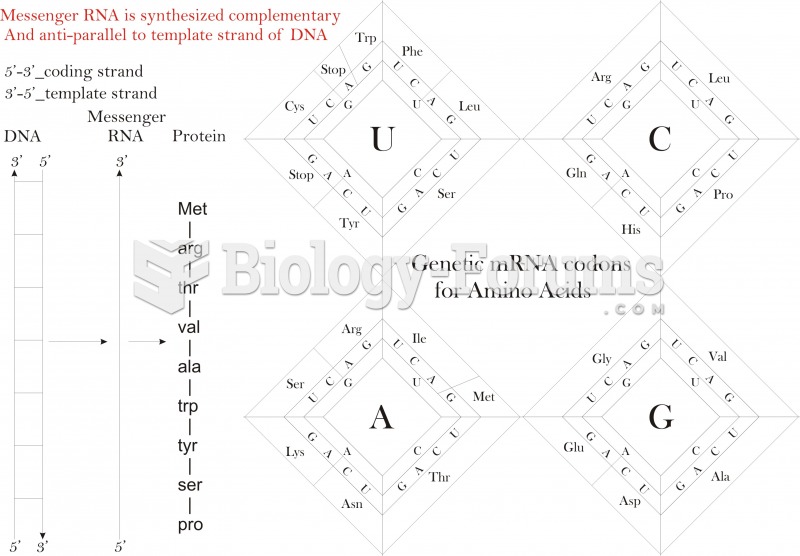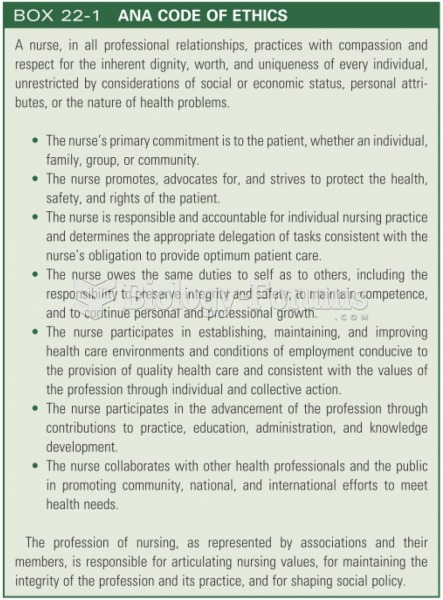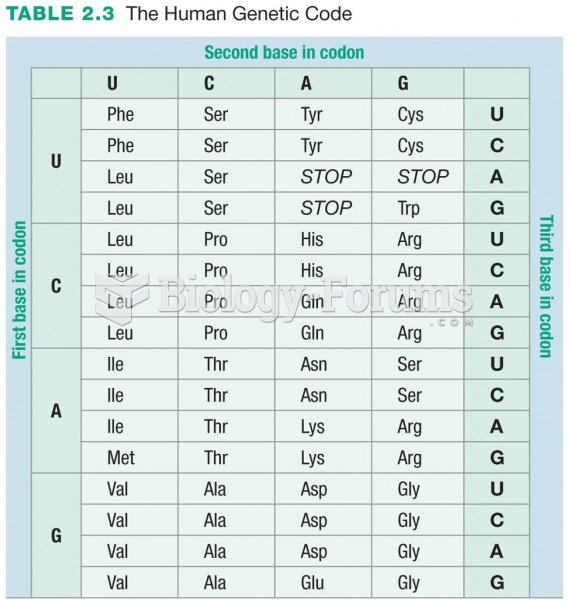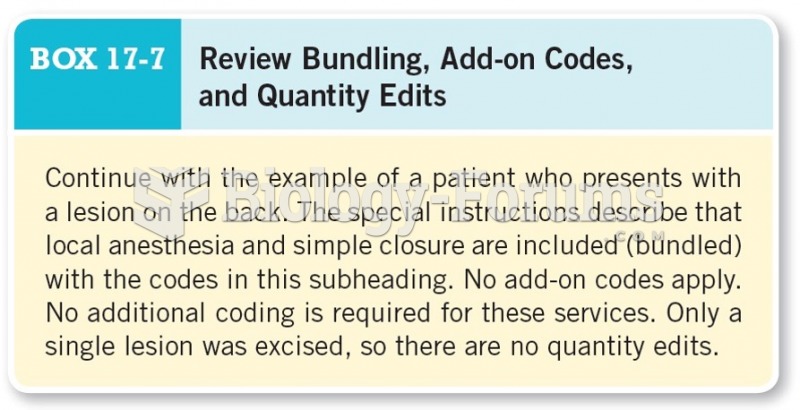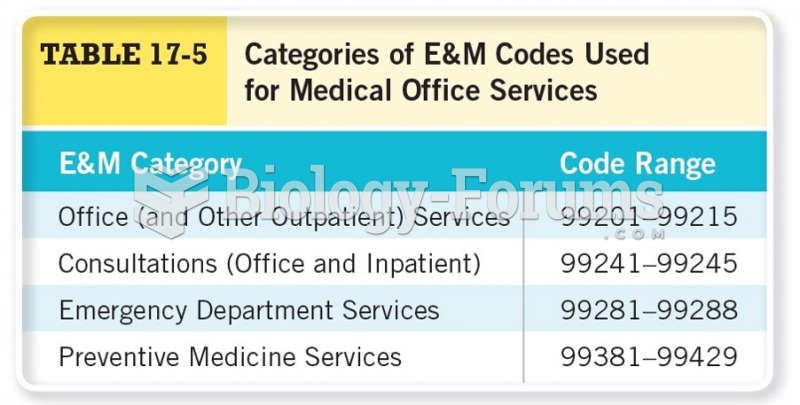Code the following cases for inpatient facility purposes using ICD-9-CM and ICD-10-CM and PCS codes.
Calculate the MS-DRG.
Identify the principal vs. secondary diagnoses and procedures.
Use external cause codes when appropriate.
Do NOT code procedures that are captured by the facility chargemaster.
Secondary diagnoses and procedures do not need to be sequenced in any particular order.
Enter "None" when no code is required.
INPATIENT HOSPITAL
Health Record Face Sheet
Record Number: 74-50-77
Age: 39
Gender: Male
Length of Stay: 2 Days
Service Type: Inpatient
Discharge Status: To Home
Diagnosis/Procedure: Chronic Sinusitis
Left Caldwell-Luc Procedure
DISCHARGE SUMMARY
PATIENT: TIMOTHY INPATIENT
RECORD NUMBER: 74-50-77
ADMITTED: 03-16-XX
DISCHARGED: 03-!8-XX
PHYSICIAN: DR. ALEX, M.D.
DIAGNOSIS: Chronic left maxillary sinusitis.
PROCEDURE: Left Caldwell-Luc procedure.
HISTORY OF THE PRESENT ILLNESS: This 39-year-old has a long history of chronic pressure pain symptoms involving the left side of the face. He also has chronic cough and generalized malaise. He has been found to have a totally opacified left maxillary sinus, which has not resolved with prolonged and adequate medical treatment. He has misshapen sinuses bilaterally secondary to a congenital mid-face deformity. He is presently admitted for a left Caldwell-Luc procedure.
HOSPITAL COURSE: The patient underwent Caldwell-Luc procedure for chronic sinusitis. Operative session was uneventful and the patient recovered rapidly and was ready for discharge on day two of hospitalization. There were no complications.
DISCHARGE PLANS: Patient is sent home with prescription for pain control and follow up visit to the office in 2 weeks. Patient is to notify my office if complications arise and seek medical help immediately.
DR. ALEX, M.D.
Electronically authenticated by Dr. Alex, M.D., 06-21- xx 8567
HISTORY AND PHYSICAL
PATIENT: TIMOTHY INPATIENT
RECORD NUMBER: 74-50-77
ADMITTED: 03-16-XX
DISCHARGED: 03-!8-XX
PHYSICIAN: DR. ALEX, M.D.
HISTORY OF PRESENT ILLNESS: This 39-year-old has a long history of chronic pressure pain symptoms involving the left side of the face. He also has chronic cough and generalized malaise. He has been found to have a totally opacified left maxillary sinus, which has not resolved with prolonged and adequate medical treatment. He has misshapen sinuses bilaterally secondary to a congenital mid-face deformity. He is presently admitted for a left Caldwell-Luc procedure.
PAST MEDICAL HISTORY: Otherwise reasonable benign. Patient takes Centrax occasionally for anxiety and is currently on Ceftin as an antibiotic.
DRUG ALLERGIES: He denies any allergies.
MEDICATIONS: Patient takes Centrax occasionally. Patient is currently taking Ceftin.
FAMILY HISTORY: Noncontributory.
SOCIAL HISTORY: Noncontributory.
REVIEW OF SYSTEMS: Negative.
PHYSICAL EXAMINATION:
GENERAL: Well-developed male in no acute distress.
HEENT: Eyes are clear. Ear canals and drums are within normal limits. The nose reveals a nasal septal deviation with a spur deformity to the left, which is not obstructive to the nasal airway but may very well obstruct the middle meatus. Oral cavity is clear.
NECK: Negative.
LUNGS: Clear to percussion and auscultation.
CARDIOVASCULAR: Regular rate and rhythm without murmurs or gallops.
ABDOMEN: Benign.
EXTREMITIES: Within normal limits.
GENITORECTAL: Waived as clinically not necessary.
IMPRESSION: Chronic left maxillary sinusitis.
RECOMMENDATIONS: Caldwell-Luc procedure. The patient wishes not to proceed with nasal surgery for the septal spur.
DR. ALEX, M.D.
Electronically authenticated by Dr. Alex, M.D., 03-16-xx 54
OPERATIVE REPORT
PATIENT: TIMOTHY INPATIENT
RECORD NUMBER: 74-50-77
DATE OF SURGERY: 03-16-XX
SURGEON: DR. ALEX, M.D.
PREOPERATIVE DIAGNOSIS: Chronic left maxillary sinusitis.
POSTOPERATIVE DIAGNOSIS: Chronic left maxillary sinusitis.
OPERATIVE PROCEDURE: Left Caldwell-Luc.
DESCRIPTION: The patient was brought to the operating room and induced into general oral tracheal anesthesia. He was positioned, prepped, and draped in the standard fashion. 1% Xylocaine with 1:2100, 000 epinephrine was infiltrated locally into the left sublabial canine fossa. 5% cocaine on cottonoids was placed in the nostrils bilaterally. A sublabial incision was made and carried down to bone. The antrum was entered with a gouge and mallet and the enterotomy was enlarged with a Kerrison rongeur. Sinus was full of extremely thick inspissated mucous, which required a pituitary forceps to remove, as it was much too thick to be suctioned. A culture was obtained. Interestingly, aside from a few very small sessile polyps along the left lateral wall, the sinus mucosa appeared reasonably healthy. A large nasal antral window was then created by egg shelling the bone over the medial wall of the sinus and creating an inferiorly based flap of nasal mucosa, which was turned into the sinus. Hemostasis was achieved with electrocoagulation. No packing was necessary. The sublabial wound was closed with interrupted 4-0 chromic.
The patient tolerated the procedure well. His throat was thoroughly suctioned and he was awakened, extubated, and taken to the recovery room in satisfactory condition. There were no complications.
DR. ALEX, M.D.
Electronically authenticated by Dr. Alex, M.D., 03-16-xx 54ICD-9-CM diagnosis code(s): PDx_____________________
SDx _____________________
ICD-9-CM procedure code(s): PPx_____________________
SPx_____________________
ICD-10-CM diagnosis code(s): PDx_____________________
SDx _____________________
ICD-10-PCS procedure code(s): PPx_____________________
SPx_____________________
MS-DRG: ____________________


